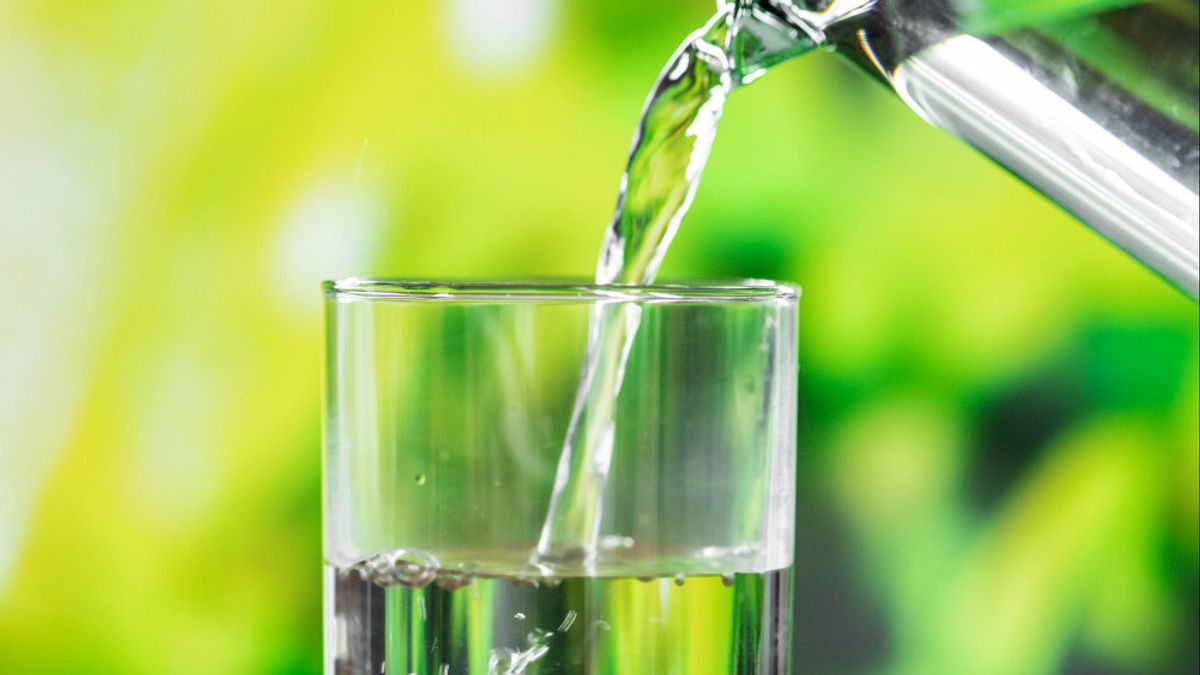YOGYAKARTA - In many places, the quality of water is often contaminated with hazardous waste, pollution, or chemicals, making it unsafe to drink. Therefore, water clarity techniques are essential to ensure the availability of clean and safe water for the community.
Water clarity helps eliminate harmful particles, bacteria, viruses, and chemicals so that water can be used for daily needs such as drinking, bathing, and cooking. Water clarity methods are urgently needed amidst the increasing need for clean water.
There are several water clarity techniques commonly used for household and industrial scale. You need to know how to clarify this water in order to maintain a safe and quality clean water availability.
Here are some water clarity techniques that you can do to get water that is safe for daily use:
Screening is one of the most basic and frequently used water clarity techniques. This process involves the use of filtering media such as sand, gravel, or carbon to remove coarse particles such as mud, sand, and organic materials.
This simple filtering system can be applied at home by using a layer of sand, gravel, and cloth as an initial filter before water is used. This technique is effective for filtering out physical particles that are visible, but not strong enough to remove bacteria or viruses.
Screening can also be more sophisticated by using ceramic filters or special membranes that are capable of filtering microparticles such as bacteria and parasites. More modern water filters, such as filters with osmosis reverse membranes, can produce cleaner water by eliminating almost all types of contaminants.
Coagulation and floculation are water clarity techniques that are often used in large-scale water treatment, such as in the city's drinking water treatment plant. This process involves the addition of chemicals such as aluminum sulfate or chloride iron into the water to bind suspended small particles.
After the coagulation process occurs, the floculation allows the particles that have clotted to the bottom. This process will form a leak or deposit which can then be separated from clean water. This method is very effective for eliminating densities and dissolved solids in water.
Seditation is a water clarity process where solid particles suspended in water are allowed to settle naturally to the base of the container. This technique is usually used after the process of coagulation and floculation to separate the flop from clean water.
In water treatment facilities, sedimentation is carried out in large tanks that allow sufficient time for these particles to settle. Water that has gone through the sedimentation process generally still requires further screening or disinfection to ensure safety and quality.
SEE ALSO:
Disinfection is the final stage in the process of water clarity aimed at killing bacteria, viruses, and other pathogenic microorganisms. One of the most common disinfection methods is the use of chlorine. Chlorine is an effective chemical to kill pathogens in water, making it safe for consumption.
However, the use of chlorine must be closely monitored because too high doses can be harmful to human health. In many city water treatment systems, chlorine is added with a very careful proportion to ensure that clean water from pathogens leaves no harmful residual chemicals.
Modern disinfection technology also involves the use of ultraviolet (UV) rays to kill harmful microorganisms. UV rays work by damaging the DNA of bacteria, viruses, and parasites, so they cannot reproduce or cause infection.
UV disinfection is very effective, fast, and does not leave harmful chemicals in water. UV use is increasingly popular in many households and industries because of its ability to disinfect water quickly and effectively, without the need to add chemicals such as chlorine.
Reverse osmosis (RO) is one of the most sophisticated water clarity techniques and is widely used to produce high-quality drinking water. This process involves water filtering through semi-permeabel membranes that can capture contaminants up to molecular size.
Water pumped through RO membranes is usually produced in a very pure form. Almost all contaminants such as metal ions, chemicals, and microorganisms, can be filtered through this tool. RO technology is often used in sea water treatment into freshwater, as well as for those who need clean water with a high level of purity.
Those are some water clarity techniques that are very important for you to know, both for home scale and industry needs. Water clarity is not only important for public health, but also for environmental sustainability. Also read countries with the best clean water management.
Stay up to date with the latest domestic and other overseas news on VOI. We present the latest and updated information nationally and internationally.
The English, Chinese, Japanese, Arabic, and French versions are automatically generated by the AI. So there may still be inaccuracies in translating, please always see Indonesian as our main language. (system supported by DigitalSiber.id)















